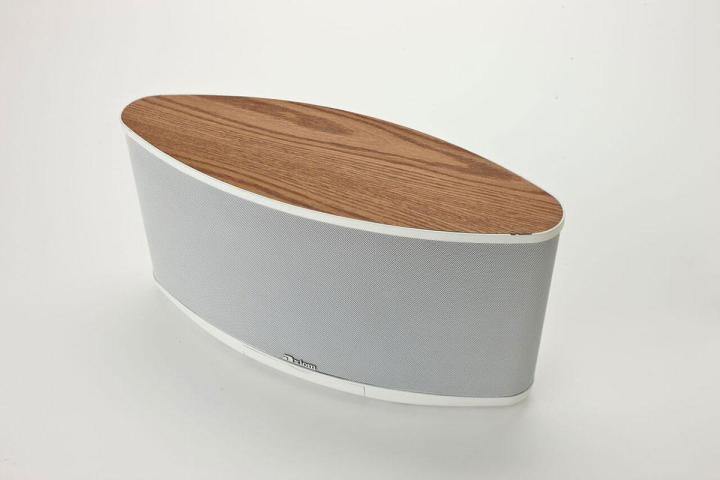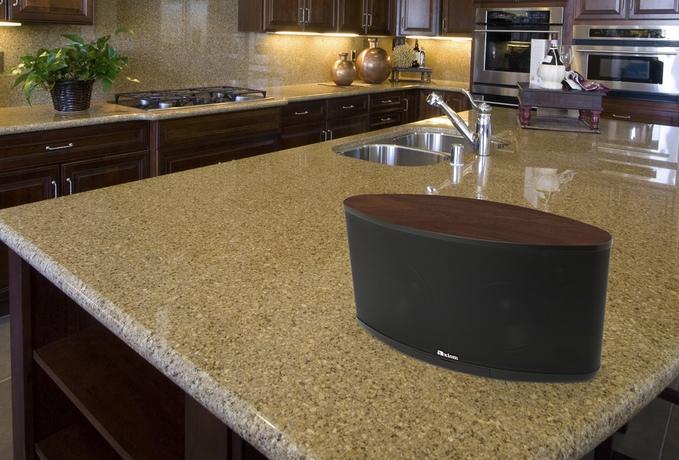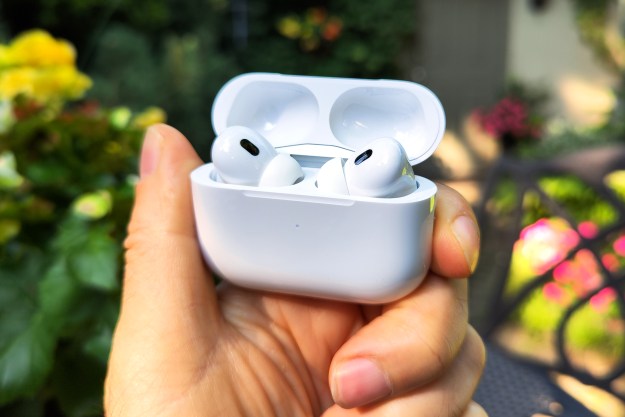
The AxiomAir, a new speaker from Axiom Audio currently on Kickstarter, is built with this in mind. Instead of Bluetooth, the AxiomAir uses Wi-Fi, which not only offers dramatically increased range, but has much wider bandwidth, allowing for a much higher-quality audio signal to be transmitted.
The speaker takes advantage of this in a few ways. First, it’s built with a high-quality DAC capable of 24-bit / 192 kHz resolution. Second, multiple AxiomAir units can be controlled by any smartphone, tablet, or computer. These units can be used separately or grouped together, similar to Sonos systems.
While that’s all nice, there are plenty of other speakers offering similar functionality. The AxiomAir takes things further in a few ways, one of which is its output of 150 watt RMS, which Axiom claims “delivers 20 times the power of most portable speakers currently being offered.”
One of the more unique aspects comes in the “brain” of the unit. Most speakers use proprietary hardware to control a speaker’s features, and while some will provide a USB port for firmware updates, that’s as far as it goes. The AxiomAir, on the other hand, uses a standard Raspberry Pi for the hardware and a customized Linux installation for its operation system.

Axiom Audio plans to keep updating the AxiomAir, but the open source nature of its operating system also means that those who like to get their hands dirty can modify it themselves, and future updates could continue to come from enterprising developers even if Axiom were to decide to stop supporting the speaker.
The speaker is available in two base color options, and there are more than 100 other options available to those who back the project on Kickstarter. Early bird pricing starts at $475 and once this limited stock runs out the price for backers will be $497, which Axiom says is more than $300 off the planned retail price.
The project’s initial goal was $75,000 and it flew past that in a matter of days. At the time of this writing the AxiomAir campaign has raised just over $125,00. The campaign comes to a close on July 12.
To back the project or see the massive list of features and options, head to the AxiomAir Kickstarter page.
Editors' Recommendations
- HEOS app refresh adds some of Sonos’ best features
- The Apple TV remote finder isn’t as good as a case and AirTag
- Second-generation AirPods Pro have USB-C now, too
- This touchscreen AirPods case is the worst thing I’ve seen all week
- Can we talk about wireless audio’s missing speedometer?

